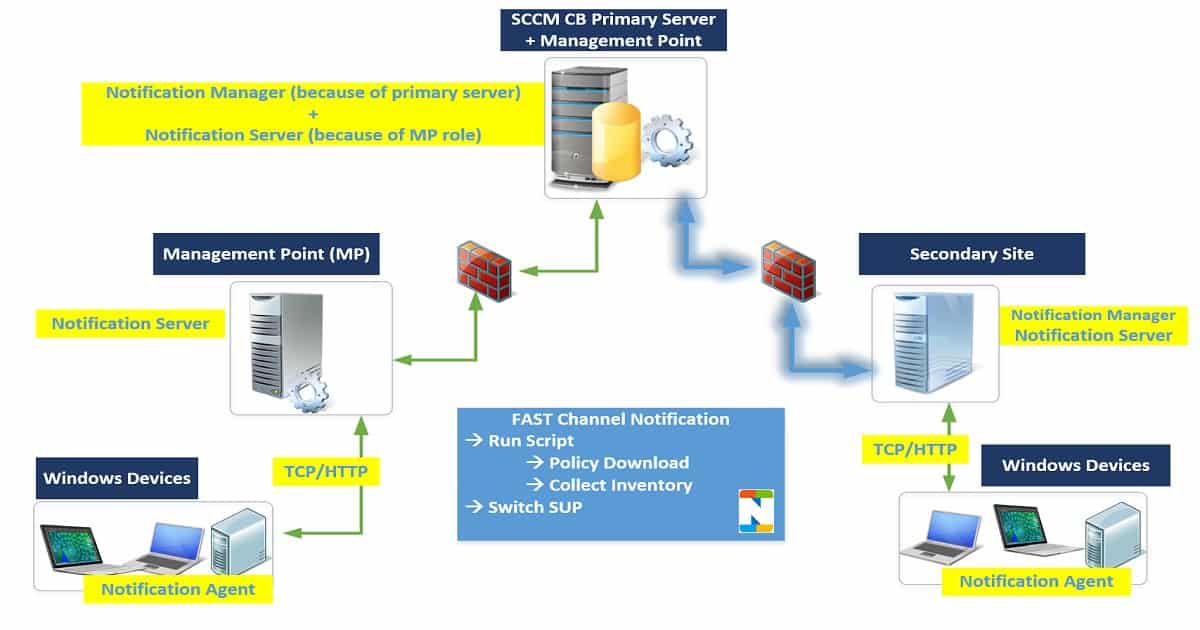

You’ve been a key part of this journey, building the ecosystem with us, with apps that run on and extend our products. The success of our products, like Teams, with more than 300 million active users, would not be possible without our vibrant community of developers and partners. You experience Microsoft 365 Copilot in two ways: in-app assistance and cross-app intelligence to unleash creativity, unlock productivity, and uplevel skills.

Microsoft 365 Copilot combines the power of foundation models with your data in Microsoft Graph and Microsoft 365 apps to turn your words into the most powerful productivity tool on the planet. Microsoft 365 products are among the leading productivity, communications, and collaboration solutions in the market today. Microsoft 365 Copilot: Your copilot for workĮarlier in March, we announced Microsoft 365 Copilot which brings the power of next-generation AI to Microsoft 365 products like Microsoft Teams, Outlook, and more.

Together, we can reach hundreds of millions of people where they work every day to create a whole new way of work. With this announcement, we’re empowering every developer to integrate their apps and services into Microsoft 365 Copilot. Today, I’m excited to announce extensibility for Microsoft 365 Copilot with plugins. While 49 percent of people said they’re worried that AI will replace their jobs, even more-70 percent-would delegate as much work as possible to AI to lessen their workloads. Workers are spending two full days of the work week managing email and attending meetings-just to keep up. According to Microsoft’s latest Work Trend Index research, the inflow of data, emails, meetings, and notifications has outpaced our ability to process it all. It’s not an autopilot approach, but rather a design ethos that we call Copilot to tackle the growing volume of digital debt that is taking attention away from innovation and sapping our productivity. Microsoft’s approach to generative AI is focused on keeping humans at the center and augmenting human agency.

Just like graphical user interfaces brought computing within reach of hundreds of millions of people three decades ago, next-generation AI will take it even further, making technology more accessible through the most universal interface-natural language. Generative AI models are ushering in the next frontier in interactions between humans and computers.


 0 kommentar(er)
0 kommentar(er)
